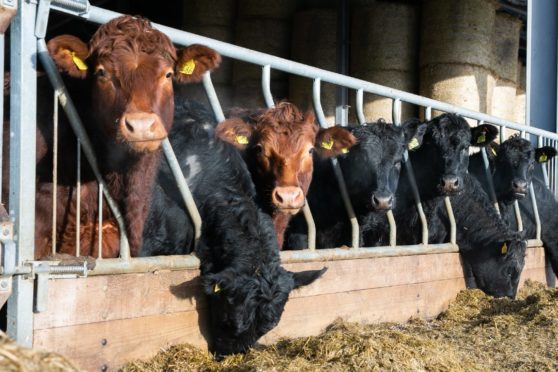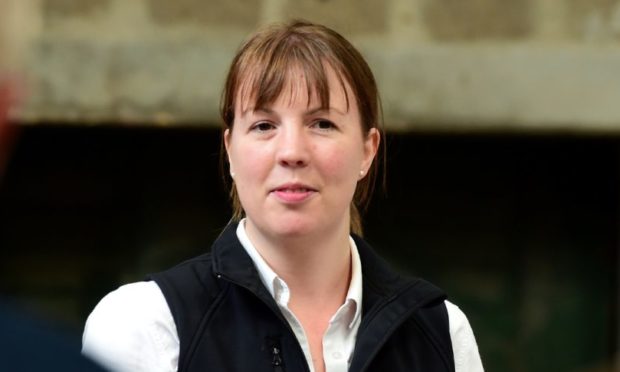Livestock farmers are being encouraged to develop a plan for how they will feed their animals this winter amid concerns of a UK-wide shortage of forage.
Advisers at SAC Consulting are encouraging farmers and crofters to take time to plan ahead and assess what supplies of feed they are likely to have for their animals in the winter.
Kirsten Williams, who heads the livestock team at SAC Consulting, said challenging weather and ground conditions mean there are very few forage crops in the ground.
“Once we approach the longest day – June 21 – our growing days will start to become shorter, which will have an effect on their yield potential,” said Mrs Williams.
“An alternative option may be to grow a quicker-growing crop such as Italian Ryegrass, which can be cut for extra silage or grazed.”
She urged farmers not to delay cutting silage as the digestibility of the crop declines once the grass heads – this usually occurs between the middle of May and middle of June – and to ensure the recommend rate of Nitrogen is applied to the aftermath to maximise growth for the second cut or follow-up grazing.
“Another option to increase feed supplies is to cut headlands of cereal fields pre-harvest as wholecrop and ensiling it,” added Mrs Williams.
She also recommending buying any additional feed in now and said: “Stocks of hay, for example, can be purchased now, and there are plentiful supplies of stock feed potatoes, which could be ensiled in layers with grass silage to help extend forage supplies next winter.”
Lastly, beef farmers are advised to consider reducing stock numbers, by selling cattle while the prices are high, if they are currently more than 30% down on normal forage supplies.
Beef consultant, Lesley Wylie, said: “With forage shortages being a UK-wide problem, it is likely that excess numbers of stock will be sold store in the autumn and prices respond accordingly.”

